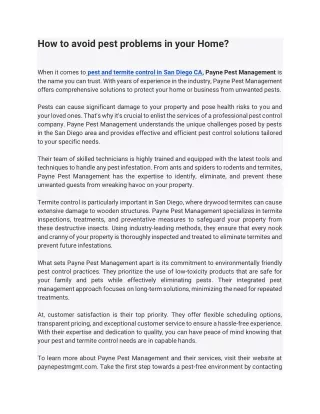HOW TO AVOID STEEL HEAT TREATMENT PROBLEMS
It is not uncommon for one to experience problems after heat treating metals. Although it is one of the last stages during the manufacturing process, it is no less important. When done properly, heat treatment can alter the mechanical and physical properties of metals without changing their shape. When done wrong, the results are less than desirable. You want to ensure that the material is high-quality by avoiding steel heat treatment problems. Here is some information on common heat treatment problems and how to avoid them. OVERHEATING AND BURNING: Low alloy metals and decarburization can cause overheating and burning. Temperatures higher than 1200 °C destroys steel and other low alloy metals. Some deterioration in mechanical properties can occur if the heat treatment is administered prior to forging and other mechanical processes. Mechanical deficiencies that occur from using too much heat can affect the treated metal’s toughness and impact strength. A mechanical deficiency can cause the orange peel effect. The orange peel effect is when the surface has hard and soft spots all over it. BRITTLENESS: Brittleness is another problem. Applying too much heat causes this problem. To correct brittleness issues, it may be necessary to temper the metal for a shorter length of time and to lower the hardening temperature. You can correct brittleness by increasing the hardening temperature and time if the problem is causing improper tempering and too much hardness. WRONG TYPE OF METAL: Not all alloys are suitable for heat treatment. The wrong alloys create metal that doesn’t have sufficient impact strength. Bear in mind that many factors can affect the impact strength of metal, but not as much as the number and type of impurities it contains, its surface condition and if any thermal and mechanical treatments were administered. WARPING AND DEFORMATION: Normalize treated metal prior to heat treating, to avoid warping. An even temperature and sufficient time are necessary. Maintain the furnace temperature throughout the entire treatment process. Proper stabilization of the metal to prevent movement during the quenching process can also help to prevent warping. It is important to time each step. The right temperatures are achieved when you time each step. If there are stresses present before the heat treatment process, they can create issues with formation and warping. Use sufficient stress relieving measures, when machining is complete. UNEVEN HARDNESS: Uneven hardness is a common problem, which occurs when steam bubbles form during the cooling process, there is too much carbon on the tools and the metal’s surface was not sufficiently cleaned before treatment. To correct the issue, it may be necessary to use a different dipping process, thoroughly clean all tools and metal surfaces and to stir the bath before heating. COOLING FRACTURES: Cooling fractures are very common when there is uneven heating, rapid cool down and overheating. Preheat metal to the right temperature to ensure that it heats evenly. One must consider the hardness capacity of the worked on metal. Tool selection should occur based on the metal’s hardenability and shape. It is possible for fractures to occur during the quenching process prior to tempering, resulting in incomplete transformation. Common causes include cold tools and residual austenite. Tempering the metal right after the hardening process and completing the transformation with treatment can help prevent cooling fractures. Prevent steel heat treatment problems by using these techniques: vacuum furnaces, proper hardening, quenching, tempering and molten salts. Oxidation and decarburization can occur when air, certain furnace types, or combustion products are present. This leads to quality issues with surface, dimension, and strength. CONCLUSION: K.K. Metals is the forging manufacturing division of K.K. GROUP working with commercial clients in many industries. Our mission is to perform high-quality precision controlled heat treating to maximize productivity and lower manufacturing costs. .We at K.K. Metals have Complete in-house setup for CAD-Die Development, Cutting, Press & Hammer Forging, Heat Treatment, machining, etc. We specialize in Closed Die Forging and consistently benchmark good quality standards and processes. For more information visit www.kkmetals.com
215 views • 11 slides























